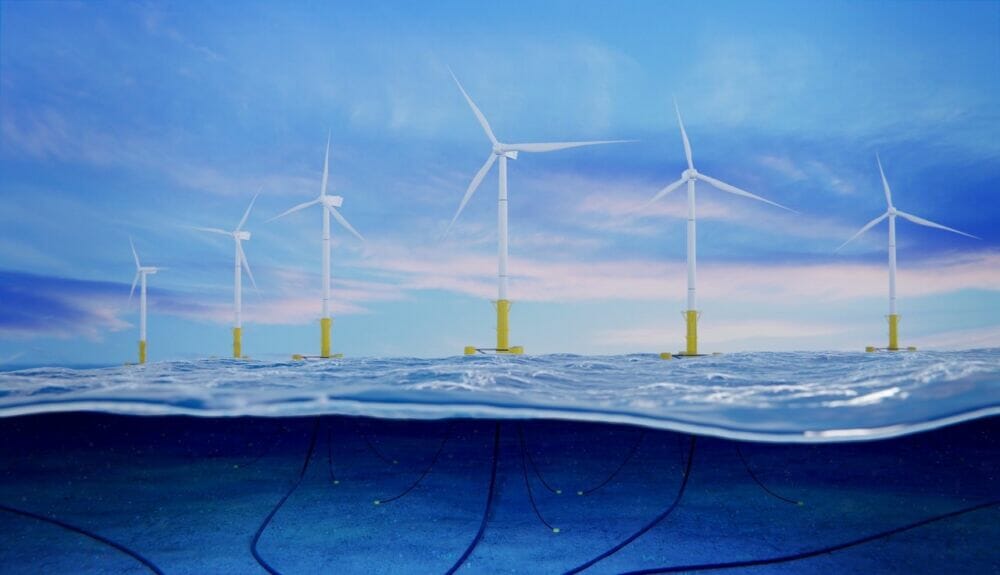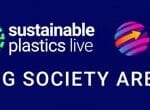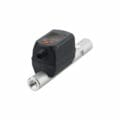The Crosby Group’s comprehensive portfolio, engineering expertise, and ability to innovate is driving cost-savings at the point of use in floating wind energy applications.
It has been nearly two years since The Crosby Group, a global leader in lifting, rigging, and material handling hardware, completed the acquisition of Feubo, a specialist provider of offshore mooring components for the oil and gas and wind energy markets.
The purchase included Feubo’s facility in Hattingen, Germany that has continued to serve as a center of excellence for mooring components. It is equipped to support the installation and safe operation of floating wind turbines, typically mounted on a floating structure that allows the turbine to generate electricity in water depths where fixed-foundation turbines are not suitable.
The Hattingen facility is also a focal point for key testing, engineering, and innovation, that notably led to the launch of the HFL Kenter, a high fatigue life shackle, based on the popular Crosby Feubo NDur Link.
Mike Duncan, Business Development Manager at The Crosby Group, said: “The floating wind industry remains relatively embryonic, and it needs product engineering and innovation partners to collaborate on products that can improve safety and reduce costs. The HFL Kenter for temporary mooring is just an example of how a new product can be developed and broadly deployed within an industry to achieve industry goals.”

As Duncan alluded to, the HFL Kenter is an accessory used for temporary and mobile mooring applications, such as rigging and anchoring Mobile Offshore Drilling Units (MODUs) or vessels. It represents the latest state-of-the-art evolution of a shackle concept that is over 100 years old. Finite Element Analysis, a method of numerically solving differential equations in engineering and mathematical modelling, was used to identify stress hot spots and re-engineer the product.
He added: “In fatigue comparison tests in simulated marine environments, we were able to show that the Kenter boasts eight times more cycles. This has allowed us to show the floating wind sector our ability to engineer, innovate, and deliver product of high quality and proven fatigue life, for their specific, demanding applications.”
Duncan reiterated the capabilities of The Crosby Group’s center of excellence for mooring in Hattingen, Germany, which boasts static and dynamic testing machines that test mooring chains and components up to capacities of 60,000 kN, as well as fatigue testing in simulated marine environments. The facility can test and validate in real-time the fatigue life of components in association with DNV GL Type Approval Certificate, acknowledging that its equipment meets the rigorous standards of the global quality assurance and risk management company for their use offshore.








